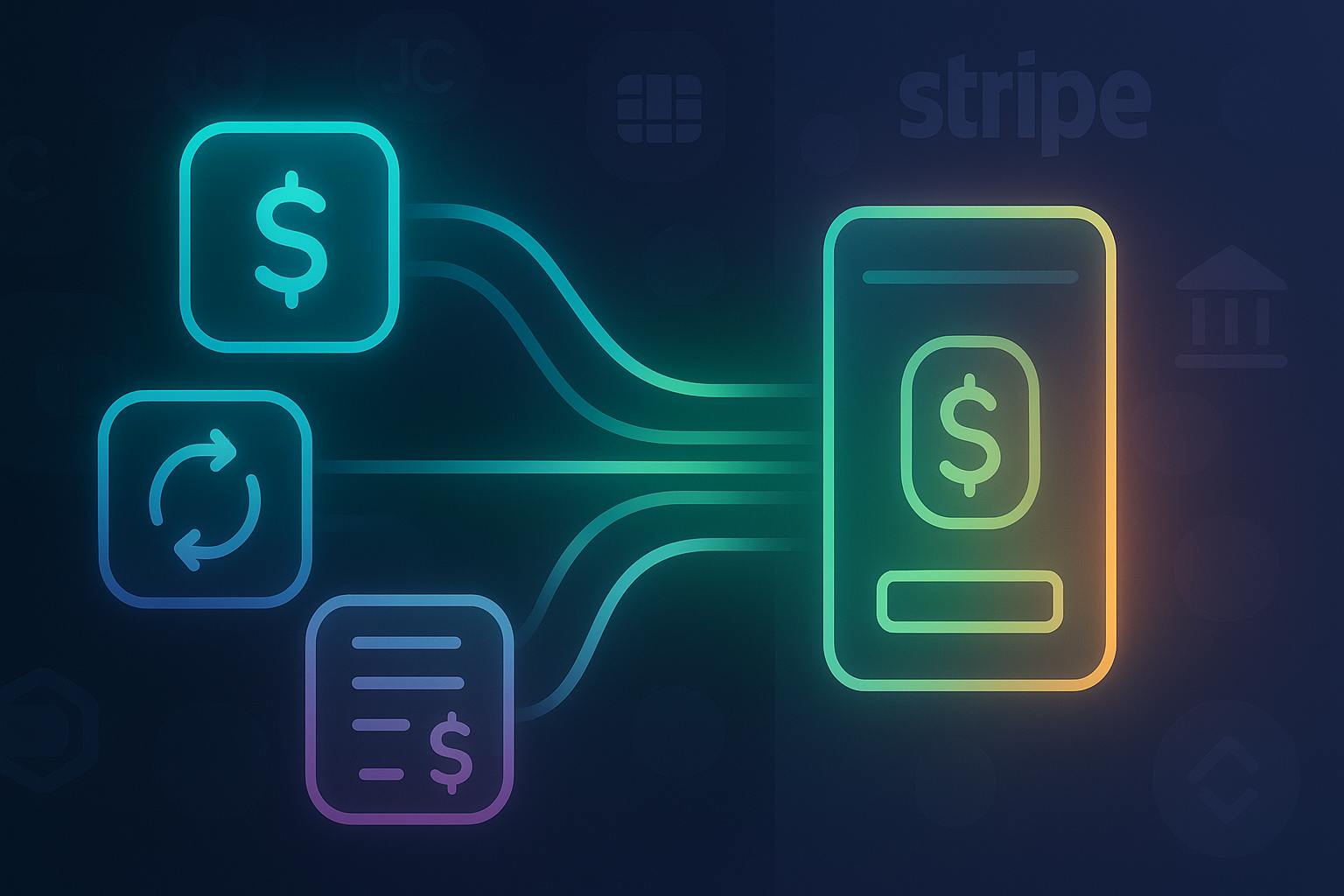Stripe for Service Businesses: Choose the Right Model
Payments should be boring, in a good way. Pick the simplest flow that gets you paid quickly with the least friction for your customer.

Stripe 101 for Services: One-Time, Subscriptions, Invoices—Which Fits Your Model?
Payments should be boring, in a good way. Pick the simplest flow that gets you paid quickly with the least friction for your customer.
TL;DR
- One-time for fixed projects and deposits.
- Subscriptions for retainers and maintenance plans.
- Invoices for variable or milestone-based work.
Map your offer to a payment model
- Project work (fixed or milestone): One-time payments or staged invoices. A small deposit reduces no-shows.
- Ongoing services: Subscriptions with clear deliverables (e.g., monthly updates, support hours).
- Variable scope: Invoices tied to specific deliverables or time spent.
Pricing psychology that helps buyers decide
- Anchor with a “starting at” price: Sets expectations and filters tire-kickers.
- Tier where useful: Good/Better/Best works if tiers are real, not fluff.
- Bundle strategically: Package common add-ons; keep surprises out of scope.
Policies that avoid pain later
- Proposals & contracts: Spell out scope, timelines, and payment terms.
- Refunds & revisions: Make the boundaries clear.
- Late payments: Automate reminders; communicate early.
Reducing failed payments (dunning 101)
- Offer multiple payment methods.
- Use email/SMS reminders for expiring cards.
- Keep subscriptions simple: monthly or quarterly.
- For high-ticket retainers, consider ACH.
Owner’s Corner: make payments effortless
- Put the “Pay” or “Book” link where people decide (proposal, email, confirmation page).
- Keep forms short; only collect what you need to process payment and receipt.
- Send a friendly confirmation with next steps and contact info.
FAQ
Do I need subscriptions? Only if you deliver recurring value. Don’t force it.
What about deposits? A small upfront amount protects your calendar and signals commitment.
Is invoicing worse for cash flow? Not if you collect a deposit and invoice on milestones you control.
What about deposits? A small upfront amount protects your calendar and signals commitment.
Is invoicing worse for cash flow? Not if you collect a deposit and invoice on milestones you control.